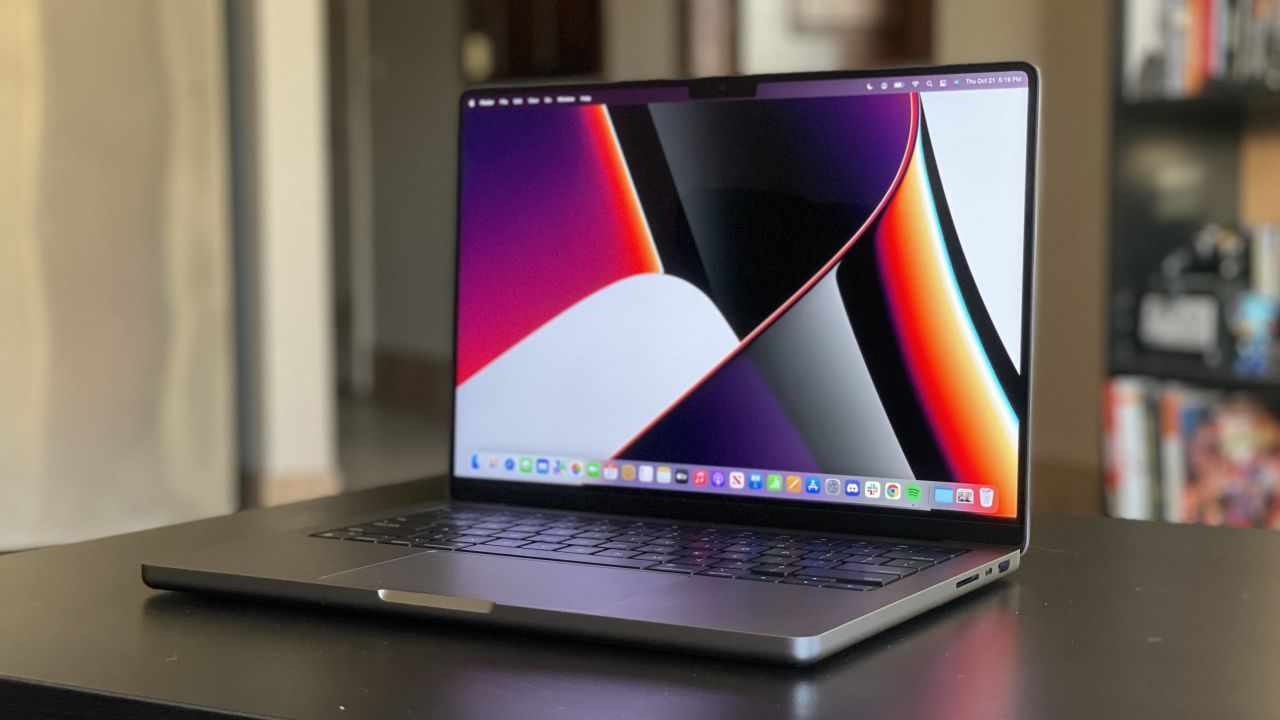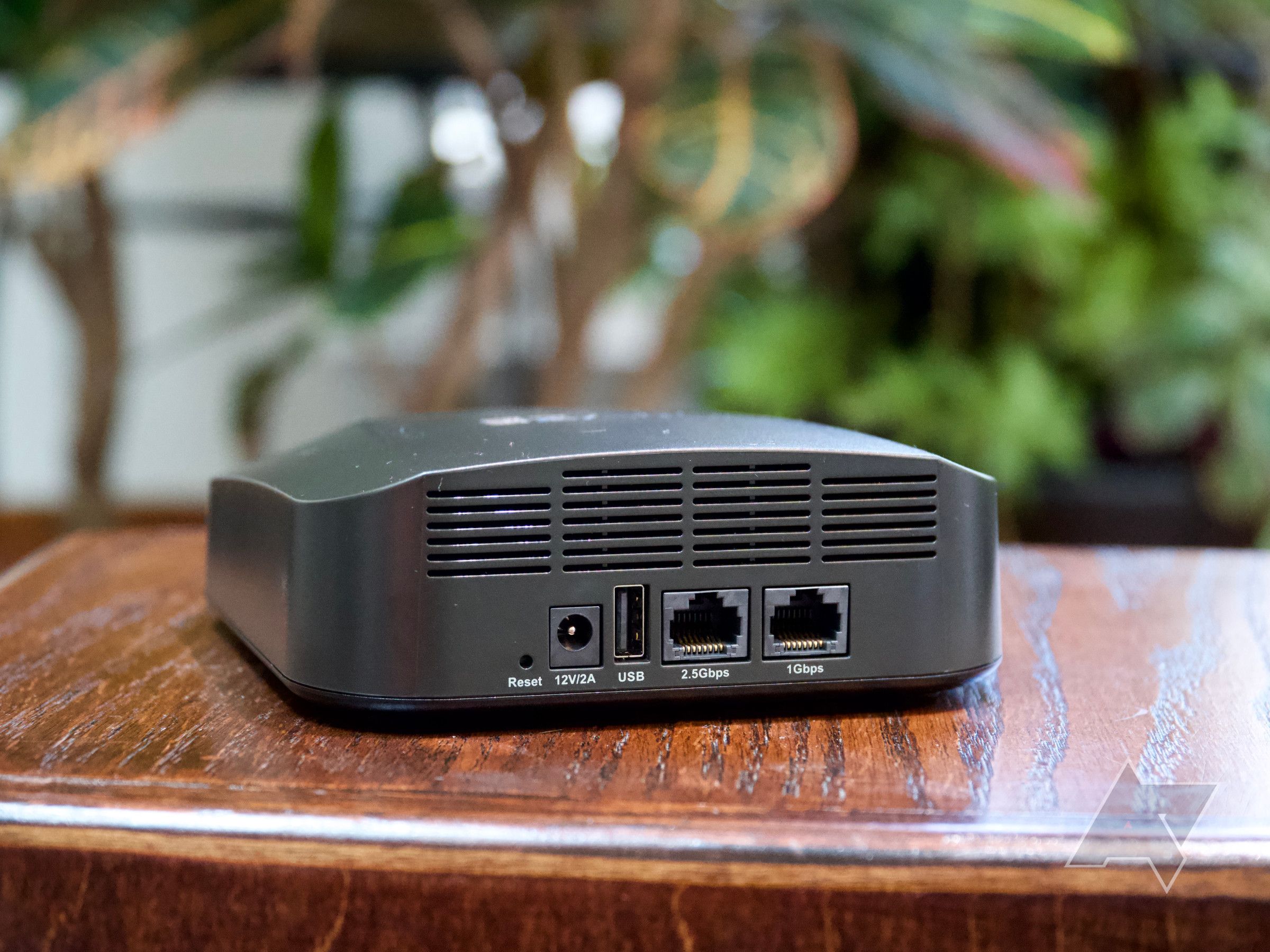An operating system is a complex piece of software with multiple components working together behind the scenes. One element is the kernel, which manages and controls how a device operates when installed on an operating system. It makes the hardware and software function seamlessly together. Even a simple task like opening the camera on your Android camera phone requires communication between the camera app, dedicated hardware, and the kernel. This guide explains what a kernel does and why it’s a crucial part of any operating system.
What role does a kernel play in on-device management?
In operating systems like Windows, macOS, Linux, Android, and iOS, the kernel plays a significant role in how a device functions. The kernel is a program with a set of instructions that runs on a device in the background. It is considered the heart of any operating system, acting as a bridge between the device hardware and software.
The kernel controls many aspects of the operating system, including resource management and multitasking of apps or programs. It also provides critical security features, which protect a device from vulnerabilities that a hacker might try to exploit.
Computer operating systems require a kernel to function correctly or handle complex tasks. The kernel brings everything together seamlessly, ensuring the device and all other hardware components can communicate with the software. It can also receive updates to improve operating system performance, fix bugs, and gain support for future hardware releases.
The three different types of kernels you will encounter
There are three kernel types: monolithic, microkernel, and hybrid. Each has a unique set of functions and capabilities. In the following sections, we discuss these three types of kernels in greater detail so that you can better understand how they work.
Monolithic kernels are common in major operating systems
Source: Unsplash
A monolithic kernel is the most common of the three kernel types and is found on various devices and operating systems. Linux, Windows, and Android-based operating systems use a monolithic kernel, which handles many core system tasks directly. A monolithic kernel controls every aspect of memory management, running processes, direct hardware-software synchronicity, file management, drivers, and additional security features.

How to install Android APKs on Windows 11
No ADB commands required
One benefit of this design is simplicity. The kernel handles all major system tasks and groups hardware features. This makes developing apps or programs within an operating system easier since the core functions are all in one location. At the same time, having everything rely on a monolithic kernel means it takes more effort to maintain as the operating system gains new features. There is also a security risk, as one kernel vulnerability can potentially exploit the system and all hardware. As such, the operating system receives kernel updates to patch any known exploits.
Microkernels are built for increased security
Microkernels separate the core operating system functions into smaller, more defined groups. This differs from monolithic kernels, where the kernel handles all major system tasks. In microkernels, services run outside the kernel in a separate space and send requests from a program or app to the kernel. They don’t directly interact with the on-device hardware. The microkernel then translates the action and returns it to the requested service in reverse order. This approach is more focused and efficient because it allows for better organization and management of operating system functions.
Microkernels are generally used for devices with limited resources, such as printers, routers, and some smart home devices. Since a microkernel separates the system functions into isolated or sandboxed services, this positively impacts device security. If an exploit were to exist within the kernel, only one of these services would be at risk instead of the entire system. A microkernel still manages memory, processes, and device drivers, but it does so in a way that differentiates itself from a monolithic kernel. There may be a slight performance hit as well, but nothing significant.

How to access your router’s admin panel
Helping you fine-tune your home networking experience
Hybrid kernels have elements of the previous two kernels
A hybrid kernel combines monolithic and microkernel aspects into one package. It gives the operating system more robust security, flexibility, and balanced performance. The essential system tasks, such as memory management and process scheduling, stay within the kernel. The hardware also communicates directly with the kernel, much like a monolithic kernel. Here is where the microkernel aspect comes into play. The drivers or other lesser system tasks are isolated from the main system. This increases security, preventing an exploit from taking over the operating system.

How to take a screenshot on your MacBook
Taking a screenshot on your Mac might be simple, but if you need to capture your entire screen or just an area, knowing the right shortcuts is vital
The microkernel characteristics give a hybrid kernel more security than a monolithic kernel. This can make program or app development more demanding since services are separated into specific external groups. A hybrid kernel is a solid middle ground between a monolithic and a microkernel. Because of this, a hybrid kernel may be used in major operating systems. Modern versions of macOS are the best examples of a hybrid kernel in action. Apple uses the microkernel aspect of a hybrid kernel, for example, to give macOS its strong level of security.
The kernel is a necessary component of any operating system
Regardless of your operating system, a kernel works in the background to keep everything running smoothly. There are three common kernel types: monolithic, microkernel, and hybrid. A monolithic kernel manages system resources and communicates directly between hardware and software components. A microkernel is more secure and modular, allowing for easier customization. Finally, a hybrid kernel combines elements of monolithic and microkernel designs. Despite their differences, all three kernel types serve the same essential function in an operating system. They are all designed to provide a layer of abstraction between hardware and software components.
Source link



